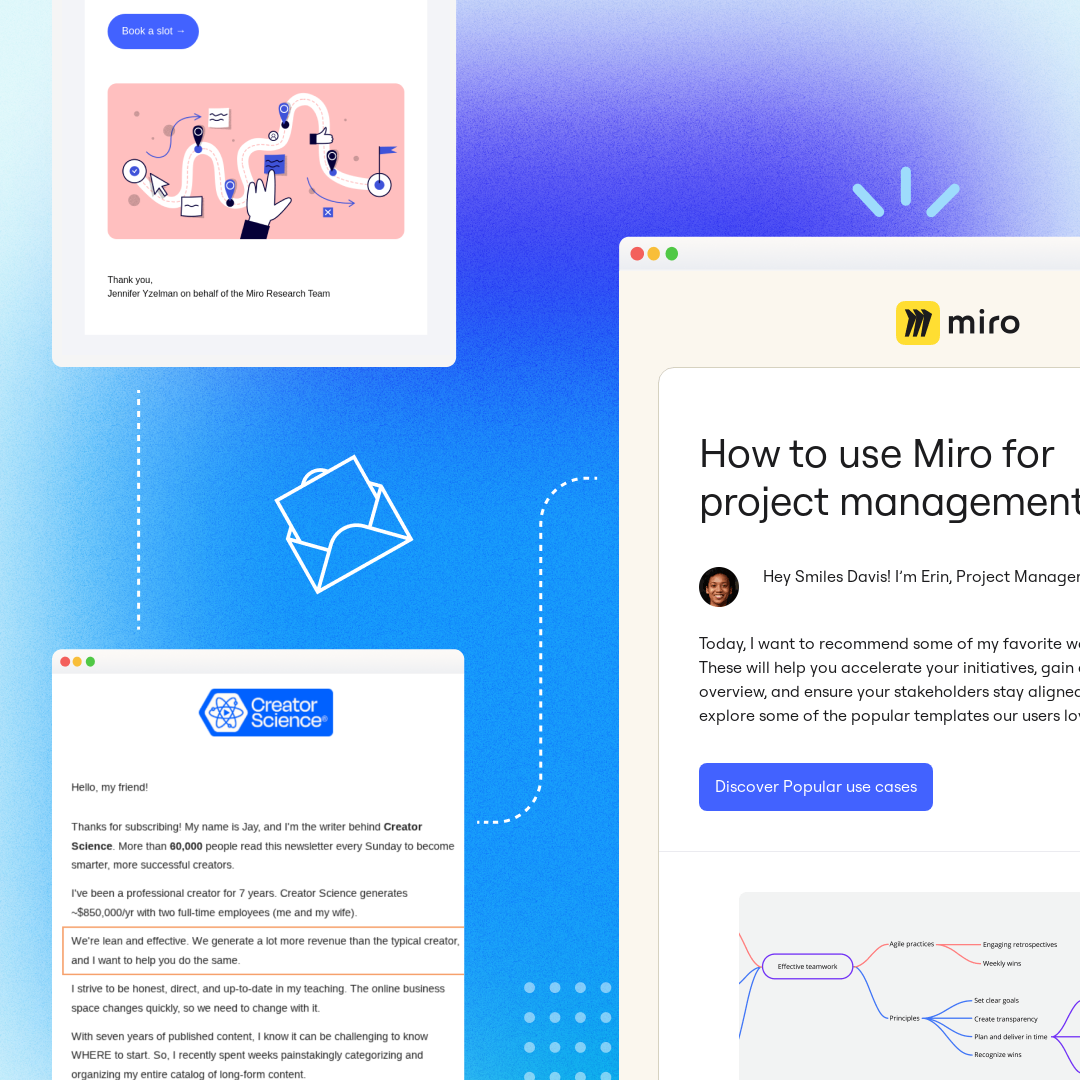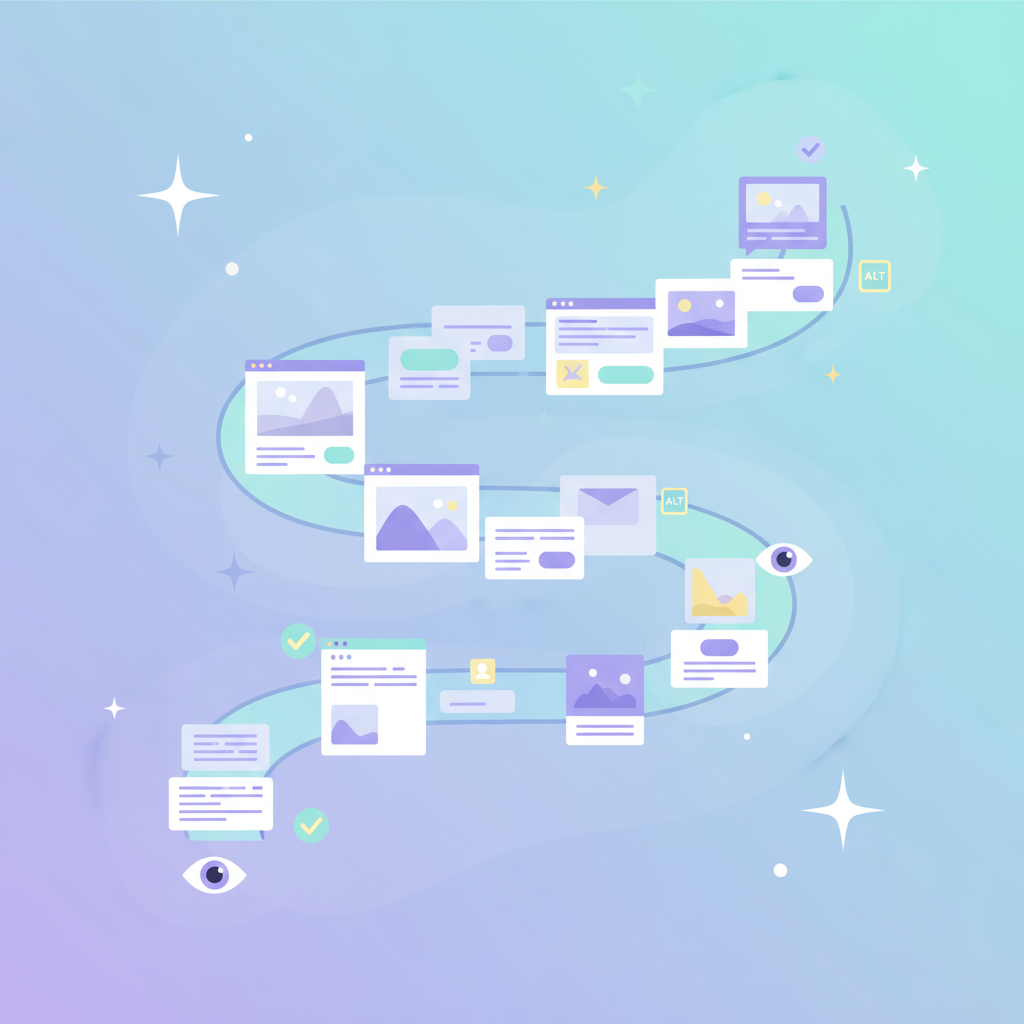
Despite the digital revolution, PR professionals still prefer emails when pitching news stories to relevant journalists.
However, journalists receive tons of emails daily, making it hard to stand out. Reports show that 47.5% of journalists get 100 emails daily, with more than a third of journalists getting 200 emails every day!
So unless you have an ace up your sleeve, your pitch will likely go unnoticed.
Writing a successful PR pitch email is tough but not impossible.
After leading an award-winning PR agency for over a decade, I have developed a process for writing PR pitch emails that get results. Let's get into it.
1. Research
The foundation of a successful media pitch lies in its relevance to the recipient. Hence, your first step when writing a PR pitch email is to research and generate a list of relevant media contacts.
You can use tools like Prowly or Muck Rack’s media database, shown below, to easily find journalists who cover topics that align with your story.

Once you have your list of journalists in your niche, dig deep into their recent articles and general topics of interest. Again, a tool like Muck Rack can help you easily find their most recent articles or beats since each journalist has a profile on the platform.

2. Write a personalized email pitch
According to a 2020 Muck Rack survey, “33% of the 1000 journalists surveyed reported rejecting a PR pitch due to its lack of personalization.”
Personalization doesn’t just mean writing pitches to journalists who cover your specific niche. It also means adding some elements to each individual pitch to show that it was created with that specific media personality in mind.
For instance, the pitch could offer a fresh perspective or angle on a topic the journalist covered previously. Or it could mention that time you met them at an industry event. You could even mention the fact that you have a common acquaintance.
How long should an email pitch be?
The 2020 State of Journalism survey found that “61% of journalists prefer pitches that are around two or three paragraphs.” This length allows you to provide enough information while still keeping your pitch brief and personalized.
You don’t have to write your email pitch from scratch. You can use an AI tool as a starting point. AI will generate a PR email pitch instantly based on the press release’s contents. However, ensure you have a solid AI policy template to set clear guidelines and standards for using AI within your organization.
3. Use a clear, compelling call to action
Do not leave it up to the journalist to decide the next steps after reading your pitch. End your pitch with a clear and compelling call to action. What do you want the journalist to do after reading it? Do you want them to request more information? Are you inviting them to attend an event?
Your call to action should be explicit and easy to act upon. Avoid generic phrases and verbs like "please consider” or “avail of.”
Instead, opt for a direct approach. A “Please respond to this email if you want more details,” is a great call to action.
One look and the journalist will know exactly what you’re asking of them. They won’t have a hard time acting on your request either, so it increases the likelihood of them doing just that.
4. Sign off
When signing off, use a courteous farewell. For instance, end your pitch with “Thanks for your time” or “Thanks in advance.”
Include your name and contact details, such as your email and phone number. For a professional look create a digital business card and add the details. Be sure to include your social media handles as well. This ensures the journalist can reach out to you on their preferred channel for additional information.
Before you send your pitch, remember to proofread your email to ensure it has no grammatical or spelling errors. This shows professionalism, increasing the likelihood of a positive response.
5. Craft a compelling subject line
Most journalists are busy and genuinely lack the time to sift through lengthy email pitches to decide if your story merits further investigation. Therefore, you must use your subject line to get their attention and entice them to open your email in the first place.
Think of your subject line as your pitch’s headline.
A killer subject line should be engaging and reflective of what your pitch is. It should be a hook that piques the journalist's interest and sets clear expectations about what the email contains.
For instance, if you plan to pitch a story about the benefits of hosted phones for small businesses, a subject line like 'Revolutionize Communication: How Hosted Phones Are Transforming Small Business Operations' could grab their attention.
Additionally, you can connect your email subject line to a trending story. Around 77% of journalists surveyed for The State of Journalism report believed this is one of the top practices that make a story more shareable.
Avoid using vague or salesy words that are spam triggers, like now or limited time, in your PR pitch email subject lines. Instead, use words like pitch or launch to show that your email is legit. This will prevent your email pitch from going to the spam folder, which could affect your sender reputation and email deliverability.
Your email subject line should also be short. A Backlinko study found long subject lines (36-50 characters) yield a higher successful pitch rate than shorter subject lines.
Bonus tip: Follow up
After sending your pitch, mark your calendar for a follow-up. If you haven’t heard back in a week or so, it’s acceptable to send a polite follow-up email.
Following up shows your commitment and interest. A single follow-up message enhances outreach conversion rates, potentially increasing replies by as much as 65.8%.

Follow-up email best practices:
- Follow up within three to seven days after sending your original pitch.
- Keep the email short. It’s simply a brief and polite reiteration of your key message and an expression of why the story would interest their readers.
- Provide any additional information that may be helpful.
- Alternatively, change your approach to the story. For instance, you could suggest a different news angle or offer a different, more relevant finding.
Examples of PR emails done well
Example #1
This example shows how you can offer value by offering an original report on a topic that is newsworthy at the time.

Notice that touch of personalization? The writer used the journalist’s first name to make it appear the email was written especially for them.
The subject line is also compelling. It mentions a key finding of a study that hasn’t been done before. As for the call to action, "Let me know if this is something you can use for a story," is pretty straightforward and easy to act on.
Example #2
In this example, the pitch points out an interesting study to intrigue the journalist and prompt them to consider the story for publication or mention.

The writer, Remy, also personalizes by referencing the journalist’s recent post on romance scams and by mentioning his first name. Remy also signs off courteously with a brief “Cheers” and her name.
Wrap-up
Creating a successful media pitch largely hinges on its relevance and alignment with the interests of the targeted journalist. Therefore, ensure you understand the journalist's background, recent articles, and publication style before you craft a resonating pitch. That requires extensive research on your part.
Once you have all the information you need, you can start creating a compelling subject line and writing your pitch. Make sure your content is personalized. It demonstrates to the individual journalists that you are genuinely interested in collaborating with them.
Then, include a clear CTA and conclude your email with a courteous farewell.
Now go and write a great PR pitch email that will get you media coverage. Don’t forget to send follow-up emails for the best results.
All the best!



